
The Triangle Shirtwaist Factory fire in the Greenwich Village neighborhood of Manhattan, New York City, on Saturday, March 25, 1911, was the deadliest industrial disaster in the history of the city, and one of the deadliest in U.S. history. The fire caused the deaths of 146 garment workers—123 women and girls and 23 men—who died from the fire, smoke inhalation, falling, or jumping to their deaths. Most of the victims were recent Italian or Jewish immigrant women and girls aged 14 to 23; of the victims whose ages are known, the oldest victim was 43-year-old Providenza Panno and the youngest were 14-year-olds Kate Leone and Rosaria "Sara" Maltese.
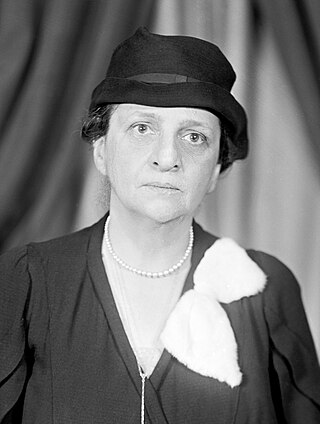
Frances Perkins was an American workers-rights advocate who served as the fourth United States Secretary of Labor from 1933 to 1945, the longest serving in that position. A member of the Democratic Party, Perkins was the first woman ever to serve in a presidential cabinet. As a loyal supporter of her longtime friend, President Franklin D. Roosevelt, she helped make labor issues important in the emerging New Deal coalition. She was one of two Roosevelt cabinet members to remain in office for his entire presidency.

The International Ladies' Garment Workers' Union (ILGWU), whose members were employed in the women's clothing industry, was once one of the largest labor unions in the United States, one of the first US unions to have a primarily female membership, and a key player in the labor history of the 1920s and 1930s. The union, generally referred to as the "ILGWU" or the "ILG", merged with the Amalgamated Clothing and Textile Workers Union in the 1990s to form the Union of Needletrades, Industrial and Textile Employees (UNITE). UNITE merged with the Hotel Employees and Restaurant Employees Union (HERE) in 2004 to create a new union known as UNITE HERE. The two unions that formed UNITE in 1995 represented 250,000 workers between them, down from the ILGWU's peak membership of 450,000 in 1969.

The Women's Trade Union League (WTUL) (1903–1950) was a U.S. organization of both working class and more well-off women to support the efforts of women to organize labor unions and to eliminate sweatshop conditions. The WTUL played an important role in supporting the massive strikes in the first two decades of the twentieth century that established the International Ladies' Garment Workers' Union and Amalgamated Clothing Workers of America and in campaigning for women's suffrage among men and women workers.
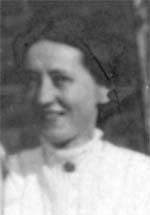
Leonora O'Reilly was an American feminist, suffragist, and trade union organizer. O'Reilly was born in New York state, raised in the Lower East Side of New York City. She was born into a working-class family and left school at the age of eleven to begin working as a seamstress. Leonora O'Reilly's parents were Irish immigrants escaping the Great Famine; her father, John, was a printer and a grocer and died while Leonora was the age of one, forcing her mother, Winifred Rooney O'Reilly, to work more hours as a garment worker in order to support Leonora and her younger brother.

Clara Lemlich Shavelson was a leader of the Uprising of 20,000, the massive strike of shirtwaist workers in New York's garment industry in 1909, where she spoke in Yiddish and called for action. Later blacklisted from the industry for her labor union work, she became a member of the Communist Party USA and a consumer activist. In her last years as a nursing home resident she helped to organize the staff.

Agnes Nestor was an American labor leader, politician, and social reformer. She is best remembered for her membership and leadership roles in the International Glove Workers Union (IGWU) and the Women's Trade Union League (WTUL), where she organized for women's suffrage and workers' rights. Nestor's prominent activities included organizing women workers in Chicago in the early 1900s, running for public office, serving on national commissions to promote education, and securing work-hour limitations for women.
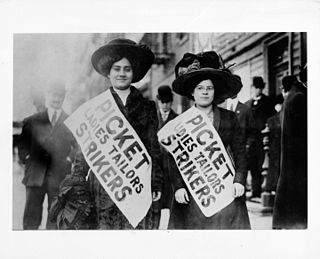
The New York shirtwaist strike of 1909, also known as the Uprising of the 20,000, was a labour strike primarily involving Jewish women working in New York shirtwaist factories. It was the largest strike by female American workers up to that date. Led by Clara Lemlich and the International Ladies' Garment Workers' Union, and supported by the National Women's Trade Union League of America (NWTUL), the strike began in November 1909.

Mary Kenney O'Sullivan, was an organizer in the early U.S. labor movement. She learned early the importance of unions from poor treatment received at her first job in dressmaking. Making a career in bookbinding, she joined the Ladies Federal Local Union Number 2703 and organized her own group from within, Woman's Bookbinding Union Number 1.

The Brown Building is a ten-story building that is part of the campus of New York University (NYU), which owns it. It is located at 23–29 Washington Place, between Greene Street and Washington Square East in the Greenwich Village neighborhood of Manhattan, New York City, and is best known as the location of the Triangle Shirtwaist Factory fire of March 25, 1911, which killed 146 people. The Triangle Fire Memorial is now located there.
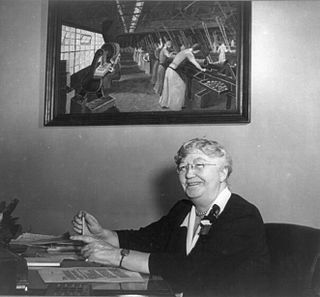
Mary Anderson was a Swedish-born American labor activist and an advocate for women in the workplace. A feminist, she rallied support to ratify many new laws to support women and equal rights. Throughout her lifetime, Anderson held a large range of roles, rising from a factory worker to the Director of the Women's Bureau in the United States Department of Labor. Anderson's work to protect the rights of women in the workplace made no small impact on the lives of working women across the country.

Pauline M. Newman was an American labor activist. She is best remembered as the first female general organizer of the International Ladies Garment Workers Union (ILGWU) and for six decades of work as the education director of the ILGWU Health Center.
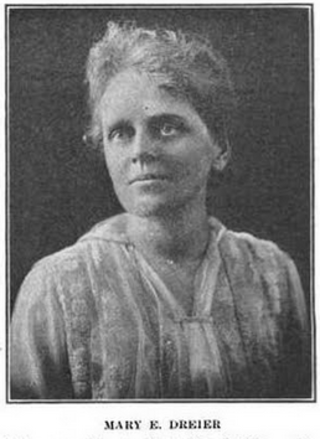
Mary Dreier was an American social reformer in New York.
The First International Congress of Working Women (ICWW), convened by the Women's Trade Union League of America from October 28 to November 6, 1919, was a meeting of labor feminists from around the world. The ICWW planned to share their proposals for addressing women's labor concerns at the First International Labor Conference (ILC) of 1919. ICWW delegates agreed upon a list of resolutions, some of which were taken up by the ILC's Commission on the Employment of Women and resulted in the passage of the Maternity Protection Convention, 1919.
The Wage Earner’s Suffrage League was a suffrage organization founded in New York City in 1911 that sought to bridge politics and labor towards the end goal of achieving women’s suffrage and ultimately disbanded in 1912. The Wage Earner’s League is an example of a predominately female led effort to bring working women into the suffrage movement to gain political momentum and influence.

Theresa Serber Malkiel was an American labor activist, suffragist, and educator. She was the first woman to rise from factory work to leadership in the Socialist party. Her 1910 novel, The Diary of a Shirtwaist Striker, is credited with helping to reform New York state labor laws. As head of the Woman's National Committee of the Socialist Party of America (SPA), she established an annual National Woman's Day which was the precursor to International Women's Day. In 1911, while on a speaking tour of the American South, she called attention to the problem of white supremacism within the party. She spent her later years promoting adult education for women workers.
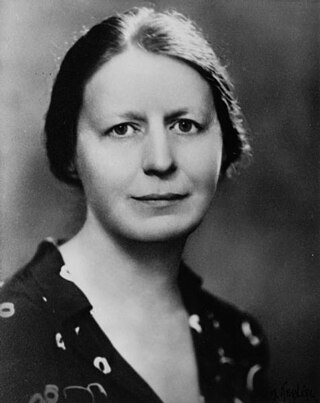
Frieda S. Miller was an American labor activist, government administrator and women's rights activist. She served as the Industrial Commissioner of New York from 1938 to 1942 and the director of the United States Women's Bureau from 1944 to 1953. From 1936 through the 1950s, she worked with the International Labour Organization advising on women's employment issues. In the 1960s, she served in various capacities as a delegate to the United Nations focused on issues for women and children.

Maud O'Farrell Swartz (1879-1937) was an Irish-American labor organizer who worked to improve the lives of women and children. She served as president of the Women's Trade Union League from 1922 to 1926. In 1931 she was appointed secretary of the New York State Department of Labor under Industrial Commissioner Frances Perkins. She was the first woman and the first trade unionist to hold that position.
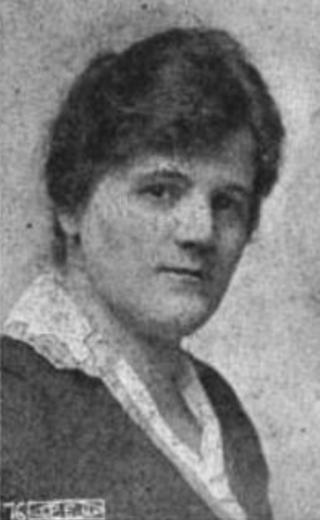
Elisabeth Christman was a trade union organizer.
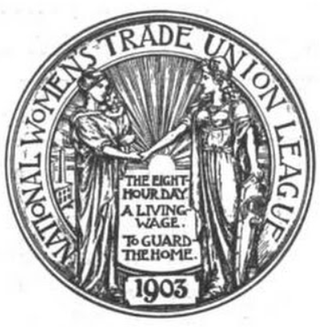
Women in labor unions have participated in labor organizing and activity throughout United States history. These workers have organized to address issues within the workplace, such as promoting gender equality, better working conditions, and higher wages. Women have participated in unions including the Collar Laundry Union, the WTUL, the IWW, the ILGWU, and the UAW.



















